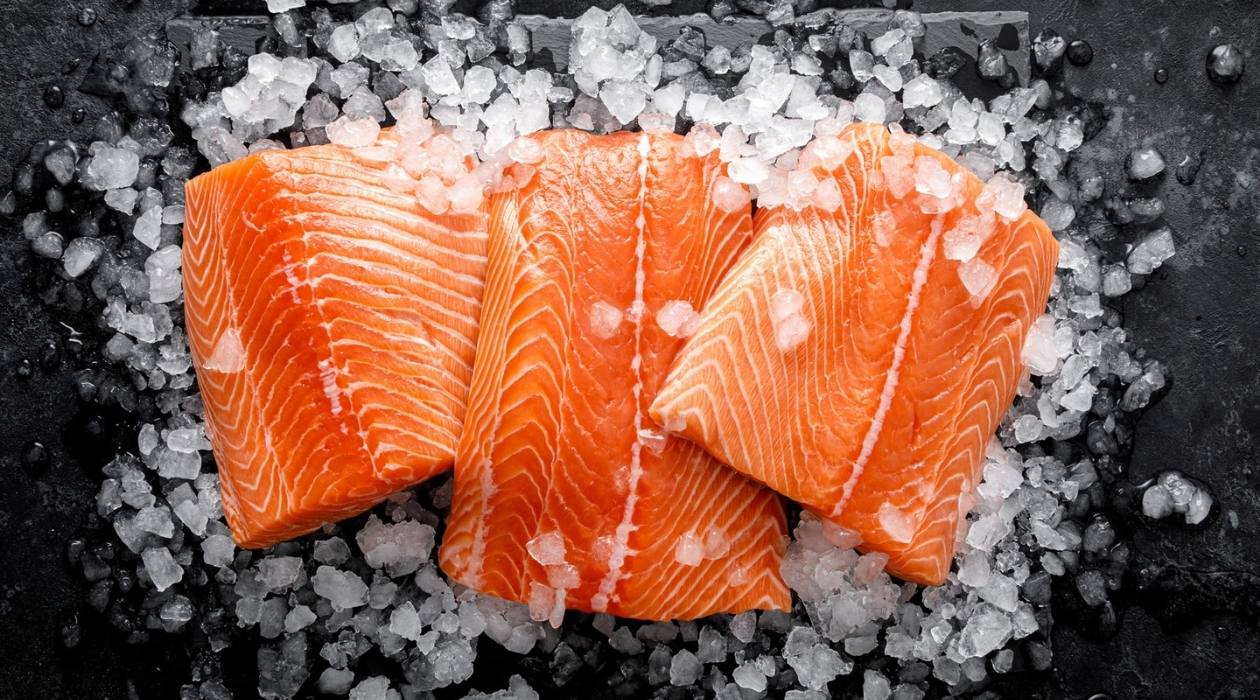

Articles
How To Store Salmon
Modified: February 20, 2024
Learn the best techniques to store salmon properly and keep it fresh for longer with our informative articles.
(Many of the links in this article redirect to a specific reviewed product. Your purchase of these products through affiliate links helps to generate commission for Storables.com, at no extra cost. Learn more)
Introduction
Welcome to the world of salmon, a delicious and nutritious fish that has earned its place as a staple in many cuisines. Whether you enjoy it grilled, baked, or smoked, one thing is certain – proper storage is essential to maintain its freshness and flavor.
Choosing the freshest salmon is the first step in ensuring a delightful culinary experience. Look for fish with firm flesh and a vibrant color, ranging from pink to deep red, depending on the variety. Avoid any fillets that appear dull or have a strong fishy odor, as these are signs of deterioration.
Once you’ve selected the perfect salmon, it’s crucial to clean and fillet it properly to remove any scales, bones, or unwanted parts. This not only improves the taste, but also ensures a safer and more enjoyable eating experience. Don’t worry, we’ll walk you through the steps!
Determining the best storage method for your salmon depends on your timeline and preferences. If you plan to enjoy it within a couple of days, refrigeration is the way to go. However, if you’d like to extend its shelf life, freezing is a great option. We’ll explore both techniques and provide some handy tips along the way.
Storing fresh salmon in the refrigerator requires a bit of care and attention. To keep it at its best, you’ll need to follow some guidelines to maintain its quality. We’ll cover everything from proper packaging to optimal temperature settings.
If you find yourself with an excess of fresh salmon or simply want to stock up for the future, freezing is the ideal solution. By correctly preparing and packaging the fish, you can safely store it for several months without compromising taste or texture. We’ll share some expert tips to ensure your frozen salmon is just as delicious as the day you bought it.
Thawing frozen salmon is a crucial step when you’re ready to cook and enjoy it. We’ll provide you with some reliable methods to defrost your salmon while preserving its taste and texture.
But what about storing cooked salmon? If you have leftovers from a delicious meal or want to prepare a batch for later use, we’ll guide you on how to properly store cooked salmon to maintain its flavor and quality.
Lastly, we’ll delve into extended storage options for salmon. From canning and smoking to vacuum sealing, there are various methods to keep your salmon fresh and delicious for an extended period.
Now that you have a sneak peek into what’s to come, let’s dive in and discover the art of storing salmon to ensure every bite is a delectable experience!
Key Takeaways:
- Properly storing salmon is essential for maintaining its freshness and flavor. From choosing the freshest fish to refrigeration and freezing techniques, following these guidelines ensures a delightful culinary experience.
- Thawing frozen salmon properly and exploring extended storage options like canning, smoking, and vacuum-sealing provide flexibility for enjoying salmon over longer periods. With proper hygiene and handling, your salmon will stay fresh and flavorful.
Read more: How To Store Leftover Salmon
Choosing Fresh Salmon
When it comes to selecting the freshest salmon, there are a few key factors to consider. These tips will help you choose the best quality fish for your culinary endeavors.
First and foremost, look for salmon with firm flesh. Give the fillets a gentle squeeze – it should feel springy and bounce back. Avoid any fish that feels mushy or soft, as this can indicate that the salmon is past its prime.
Another important indicator of freshness is the color of the salmon. Depending on the variety, fresh salmon can range from pale pink to a vibrant deep red. Look for fillets with a bright, even color across the entire surface. Avoid any salmon that appears dull or discolored, as this can be a sign of spoilage.
Keep an eye out for any signs of excessive moisture or sliminess on the fish. Fresh salmon should have a slightly moist and shiny appearance. If you notice a layer of liquid or a slimy texture, it’s best to steer clear of that fillet.
The smell of the salmon is another important factor to consider. Fresh salmon should have a mild, oceanic scent. If you detect a strong fishy odor, it could mean that the salmon is no longer fresh and has started to spoil.
If you have the opportunity, it’s always a good idea to buy your salmon from a reputable fishmonger or seafood market. They often have a higher turnover of stock, which means you’re more likely to find fresher fish options.
Lastly, trust your instincts. If something doesn’t seem right or you have any doubts about the freshness of the salmon, it’s best to find another option. Quality is key when it comes to enjoying a delicious and perfectly fresh piece of salmon.
By following these guidelines and choosing the freshest salmon available, you’ll set yourself up for a delightful culinary experience. Now that you know how to select the best fish, it’s time to move on to the next steps – cleaning and filleting the salmon.
Properly Cleaning and Filleting Salmon
Before you can store your salmon, it’s important to clean and fillet it properly. This process not only improves the taste and texture of the fish but also ensures a safer and more enjoyable eating experience. Follow these steps to clean and fillet your salmon like a pro:
- Start by rinsing your salmon under cold running water. This will help remove any surface dirt or debris.
- Using a clean cutting board and a sharp knife, remove any scales from the salmon’s skin. Hold the fish firmly by the tail and scrape the knife against the grain of the scales, starting from the tail towards the head. Repeat this process until all scales have been removed.
- After scaling, it’s time to remove the innards of the fish. Make a shallow incision along the belly, from the anal opening towards the gills. Carefully remove the internal organs, taking care not to puncture the gallbladder, which can cause a bitter taste. Rinse the cavity thoroughly to ensure it’s clean.
- Once the salmon is cleaned, it’s time to fillet the fish. Start by making a small incision behind the fish’s gills, near the head. Angle the knife towards the spine and gently cut along the entire length of the fish, following the backbone.
- Using long, smooth strokes, continue to cut along the backbone until you reach the tail. This will separate one side of the fillet from the rest of the fish. Repeat the same process on the other side of the salmon to obtain the second fillet.
- Inspect each fillet for any remaining pin bones, which are small, thin bones that can be found in the fish’s flesh. Use a pair of tweezers or fish pliers to carefully remove any pin bones you come across.
- Finally, rinse the fillets under cold running water to remove any blood or remaining scales. Pat them dry with paper towels before proceeding to store or cook the salmon.
Properly cleaning and filleting your salmon ensures that you have the best quality fish for storage and cooking. Once your salmon is filleted and fresh, it’s time to move on to the next step – determining the best storage method for your specific needs.
Determining the Best Storage Method for Salmon
When it comes to storing salmon, the best method depends on your timeline and preferences. If you plan to consume the fish within a couple of days, refrigeration is the ideal option. On the other hand, if you want to extend its shelf life, freezing is a great choice. Let’s explore both of these storage methods in detail:
Refrigeration:
Storing fresh salmon in the refrigerator requires proper care to maintain its quality. Here are some guidelines to follow:
- Keep the salmon in its original packaging if it’s still intact and airtight. If the packaging is damaged or inadequate, transfer the fish to a zip-top bag or wrap tightly in plastic wrap.
- Place the salmon in the coldest part of your refrigerator, usually on a lower shelf towards the back. The temperature should be set between 32°F and 38°F (0°C and 3°C) to ensure optimal freshness.
- It’s important to consume refrigerated salmon within 1-2 days to retain its quality. After that, the fish may start to lose its freshness and develop an off-flavor.
- Before cooking or consuming refrigerated salmon, check for any signs of spoilage, such as a strong fishy odor, sliminess, or discoloration. If any of these signs are present, discard the fish.
Freezing:
Freezing is an excellent method to extend the shelf life of fresh salmon. Follow these steps for successful freezing:
- Start by cleaning and filleting the salmon, as we discussed earlier. Ensure that the fish is properly scaled, gutted, and deboned.
- Pat the salmon fillets dry with paper towels to remove excess moisture, as ice crystals can cause freezer burn.
- Individually wrap each fillet tightly in plastic wrap, or place them in airtight freezer-safe bags. Removing as much air as possible will help prevent freezer burn.
- Label the packaging with the date of freezing to keep track of freshness.
- Place the packaged salmon in the coldest part of your freezer, ideally at 0°F (-18°C) or below.
- Frozen salmon can maintain its quality for up to 3-6 months. However, for the best flavor and texture, it’s recommended to consume it within the first 2-3 months.
Whether refrigerating or freezing, it’s important to handle the salmon with clean hands and maintain good hygiene practices throughout the process. By choosing the appropriate storage method, you can ensure that your salmon remains fresh and flavorful until you’re ready to enjoy it.
Now that you know the basics of storing fresh salmon, it’s time to delve into the specifics of refrigeration and freezing. In the next sections, we’ll discuss the best practices for each method to maximize the quality and taste of your prized catch.
Storing Fresh Salmon in the Refrigerator
Properly storing fresh salmon in the refrigerator is crucial to maintain its freshness and quality. Here are some guidelines to follow for optimal refrigeration:
- Keep the packaging intact: If your salmon is still in its original packaging and it’s intact and airtight, it’s best to leave it as is. The packaging helps protect the fish and maintain its freshness. However, if the packaging is damaged or inadequate, transfer the fish to a zip-top bag or wrap tightly in plastic wrap.
- Choose the coldest part of the refrigerator: Place the salmon in the coldest part of your refrigerator, which is usually on a lower shelf towards the back. The temperature should be set between 32°F and 38°F (0°C and 3°C) to ensure optimal freshness. Avoid storing the fish in the refrigerator door, as the temperature can fluctuate when the door is opened frequently.
- Optimal packaging: To further protect the salmon, you can consider placing it on a tray or plate to catch any potential drippings. This prevents cross-contamination and helps maintain a clean refrigerator environment.
- Consume within 1-2 days: It’s important to consume refrigerated salmon within 1-2 days to retain its freshness. After that, the fish may start to lose its quality and develop an off-flavor. Check for any signs of spoilage, such as a strong fishy odor, sliminess, or discoloration. If any of these signs are present, it’s best to discard the fish.
- Storage containers: If you need to transfer the salmon to a different container, choose a shallow, airtight container that allows proper airflow. This helps prevent the fish from drying out while maintaining a consistent temperature.
- Hygiene and handling: Always handle the salmon with clean hands and adhere to proper hygiene practices. Wash your hands thoroughly before and after touching the fish to prevent any potential contamination.
By following these guidelines, you can ensure that your refrigerated salmon remains fresh and safe for consumption. Keep in mind that the quality and taste may diminish with time, so it’s best to enjoy the fish as soon as possible for the best culinary experience.
In the next section, we’ll explore the freezing technique, which allows you to extend the shelf life of your salmon and enjoy it at a later time.
When storing salmon, make sure to keep it in the coldest part of the refrigerator, ideally below 40°F (4°C). Store it in an airtight container or wrapped tightly in plastic wrap to prevent exposure to air and moisture. Use the salmon within 1-2 days for the best quality.
Read more: How To Store Smoked Salmon
Freezing Fresh Salmon
Freezing fresh salmon is an excellent way to extend its shelf life and ensure that you can enjoy it at a later time. Proper freezing techniques will help maintain the quality and flavor of the fish. Here’s how to freeze fresh salmon:
- Clean and prepare the salmon: Start by cleaning and filleting the salmon, removing any scales, guts, and bones. Pat the fillets dry with paper towels to remove excess moisture, as ice crystals can cause freezer burn.
- Individually wrap the fillets: Individually wrap each salmon fillet tightly in plastic wrap, ensuring there are no gaps or exposed areas. Alternatively, you can place the fillets in airtight freezer-safe bags, removing as much air as possible to prevent freezer burn.
- Label and package: Label the packaging with the date of freezing to keep track of freshness. If using freezer-safe bags, consider placing the wrapped fillets in a rigid container or freezer-safe bin to prevent damage and maximize space in your freezer.
- Place in the coldest part of the freezer: Choose the coldest part of your freezer to store the salmon. Set the temperature to 0°F (-18°C) or below for optimal freezing conditions. It’s essential to have a consistent and cold temperature to maintain the quality of the fish.
- Consume within 3-6 months: Frozen salmon can maintain its quality for up to 3-6 months. However, for the best flavor and texture, it’s recommended to consume it within the first 2-3 months. Over time, the quality may begin to deteriorate, and the fish can develop freezer burn.
- Thawing before use: When you’re ready to cook or consume the frozen salmon, it’s important to thaw it properly. The best method is to transfer the wrapped fillets to the refrigerator and allow them to thaw slowly overnight. This gentle thawing process ensures that the fish remains at a safe temperature and retains its moisture.
By following these freezing techniques, you can preserve the freshness and flavor of your fresh salmon. Properly packaged and labeled, frozen salmon can be a convenient option when you’re not able to consume it immediately. Whether you’re planning a special meal or looking to utilize your catch at a later date, frozen salmon provides a versatile and delicious option.
In the next section, we’ll dive into some helpful tips for thawing your frozen salmon to ensure the best results.
Tips for Thawing Frozen Salmon
Thawing frozen salmon properly is essential to preserve its flavor, texture, and overall quality. Here are some helpful tips for thawing your frozen salmon:
- Plan ahead: It’s best to plan ahead and allow enough time for the salmon to thaw properly. Avoid thawing salmon at room temperature, as this can lead to bacterial growth and spoilage.
- Refrigerator thawing: The safest and most recommended method for thawing frozen salmon is to transfer it to the refrigerator and let it thaw slowly. Place the wrapped fillets on a plate or a tray to catch any liquid as they thaw. Allow approximately 24 hours for every 1 pound (0.45 kg) of salmon.
- Cold water thawing: If you’re short on time, you can use the cold water thawing method. Place the frozen salmon in a sealed plastic bag and submerge it in a bowl of cold water. Replace the water every 30 minutes to maintain a consistent temperature. It usually takes about 1 hour to thaw a pound (0.45 kg) of salmon using this method.
- Microwave thawing: While not the preferred method, you can also use the microwave to thaw frozen salmon. Follow the appliance’s instructions for defrosting and use the lowest power setting to avoid cooking the fish. Be cautious as parts of the salmon may start to cook, and it can result in uneven thawing.
- Thawed salmon usage: Once the salmon has thawed, it’s essential to use it promptly. Avoid refreezing previously frozen salmon, as it can affect the texture and quality of the fish.
- Inspect for quality: After thawing, inspect the salmon for any signs of spoilage, such as a strong fishy odor, sliminess, or discoloration. If any of these signs are present, it’s best to discard the fish.
Properly thawing your frozen salmon is crucial to maintain its taste and texture. Whether you opt for refrigerator thawing, cold water thawing, or microwave thawing, it’s important to exercise caution and follow these guidelines for the best results.
In the next section, we’ll explore the best methods for storing cooked salmon to ensure its freshness and taste.
Storing Cooked Salmon
Whether you have leftovers from a delicious meal or intentionally cooked a batch of salmon for later use, proper storage is key to maintain its flavor and quality. Here are some guidelines for storing cooked salmon:
- Cool the salmon: Allow the cooked salmon to cool down to room temperature before storing. This helps prevent condensation and excess moisture, which can contribute to bacterial growth and spoilage.
- Divide into portions: If you have a large piece of cooked salmon, consider dividing it into smaller portions for easier storage and reheating. This allows you to thaw and use only what you need, minimizing waste.
- Wrap tightly: Transfer the cooled salmon portions to airtight containers or wrap them tightly in plastic wrap or aluminum foil. The goal is to protect the salmon from exposure to air, which can cause it to dry out or absorb strong odors from the refrigerator.
- Label and date: Don’t forget to label the containers or wrappings with the date of storage. This helps you keep track of freshness and ensures that you use the salmon within a reasonable timeframe.
- Refrigeration: Cooked salmon can be stored in the refrigerator for up to 3-4 days. Make sure the refrigerator temperature is set between 32°F and 38°F (0°C and 3°C) to keep the salmon at a safe temperature.
- Freezing: If you want to store cooked salmon for a longer period, freezing is a suitable option. Wrap the portions tightly in freezer-safe bags or containers, removing as much air as possible. Frozen cooked salmon can maintain its quality for 2-3 months.
- Thawing and reheating: When you’re ready to consume the stored cooked salmon, thaw it in the refrigerator overnight if frozen. Reheat gently to avoid overcooking and drying out the fish. Options include microwaving on low power or gently reheating in a skillet with a little oil or butter.
- Quality check: Before consuming the stored cooked salmon, inspect it for any signs of spoilage, such as a foul odor, sliminess, or discoloration. If any of these signs are present, it’s best to discard the fish.
By following these storage guidelines, you can ensure that your cooked salmon remains fresh and safe for consumption. Whether you store it in the refrigerator for a few days or freeze it for longer-term use, proper storage techniques help maintain the quality and flavor of the fish.
In the next section, we’ll explore some extended storage options for salmon, including canning, smoking, and vacuum-sealing.
Extended Storage Options for Salmon
If you’re looking for even longer storage options for your salmon, there are a few extended storage methods that can help preserve the fish’s freshness, flavor, and quality. Let’s explore some of these options:
- Canning: Canning salmon is a popular method that allows you to preserve it for an extended period without the need for freezing. The process involves cooking the salmon and placing it into sterilized jars, along with a brine or oil-based solution. The jars are then sealed and processed in a pressure canner. Canned salmon can be stored in a cool, dark place for up to a year or more.
- Smoking: Smoking salmon not only imparts a delicious smoky flavor but also acts as a preservation method. The smoking process involves curing the salmon with a salt and sugar mixture, then exposing it to low heat and smoke for several hours. Once smoked, the salmon can be refrigerated for a few days or frozen for longer storage. Proper packaging and labeling are crucial for maintaining quality.
- Vacuum-sealing: Vacuum-sealing is a highly effective method for extending the shelf life of salmon. This process involves placing the fish in airtight bags and using a vacuum sealer to remove air and create a tight seal. Vacuum-sealed salmon can be stored in the refrigerator for several days or frozen for months without sacrificing taste or texture.
- Commercially frozen: If you have access to commercially frozen salmon, this can be an excellent option for extended storage. Commercially frozen salmon is flash-frozen at extremely low temperatures, ensuring optimal freshness and quality. Follow the instructions provided on the packaging for proper storage and thawing.
When using these extended storage methods, it’s essential to follow proper guidelines and techniques to ensure food safety. Pay attention to storage temperatures, packaging integrity, and recommended storage times to prevent bacterial growth and maintain the best possible quality of the salmon.
Remember to always inspect the salmon for any signs of spoilage before consuming it, regardless of the storage method used. If you notice any foul odors, sliminess, or discoloration, it’s best to discard the fish to avoid the risk of foodborne illnesses.
By exploring these extended storage options, you can enjoy your salmon for longer periods and have delicious seafood readily available whenever you need it.
Now that we’ve covered various storage methods for salmon, let’s wrap up and review what we’ve learned.
Read more: How To Store Cooked Salmon
Conclusion
Congratulations, you are now armed with all the knowledge you need to store salmon properly and prolong its freshness and flavor! We’ve covered everything from choosing the freshest salmon to cleaning and filleting it with care. We explored the best storage methods, including refrigeration and freezing, and even delved into extended storage options like canning, smoking, and vacuum-sealing. Let’s recap the key points:
– When selecting fresh salmon, look for firm flesh, vibrant color, and a mild scent of the ocean.
– Properly clean and fillet your salmon to remove scales, bones, and unwanted parts.
– Consider refrigeration if you plan to consume the salmon within a few days. Keep it in the coldest part of the refrigerator, preferably in its original packaging or tightly wrapped.
– Freezing is ideal for long-term storage. Wrap the salmon airtight, label it with the date of freezing, and store it in the coldest part of the freezer.
– Thaw salmon properly by using the refrigerator, cold water, or microwave methods. Slow and gentle thawing helps retain the fish’s moisture and texture.
– Store cooked salmon in airtight containers or tightly wrapped to maintain its quality. Consume refrigerated cooked salmon within a few days, or freeze it for longer storage.
– Explore extended storage options like canning, smoking, vacuum-sealing, and commercially frozen salmon for even more flexibility.
Remember, proper hygiene and handling are essential throughout the entire process. Wash your hands thoroughly, maintain a clean workspace, and inspect the fish for any signs of spoilage before consuming it.
By following these guidelines, you’ll ensure that your salmon stays fresh, safe to eat, and bursting with flavor. Whether you’re planning a delicious meal for tonight or stocking up for future seafood delights, proper storage techniques will help you make the most of this versatile and nutritious fish.
Now, it’s time to put your knowledge into action and enjoy the wonderful flavors of freshly stored salmon. Happy cooking!
Frequently Asked Questions about How To Store Salmon
Was this page helpful?
At Storables.com, we guarantee accurate and reliable information. Our content, validated by Expert Board Contributors, is crafted following stringent Editorial Policies. We're committed to providing you with well-researched, expert-backed insights for all your informational needs.
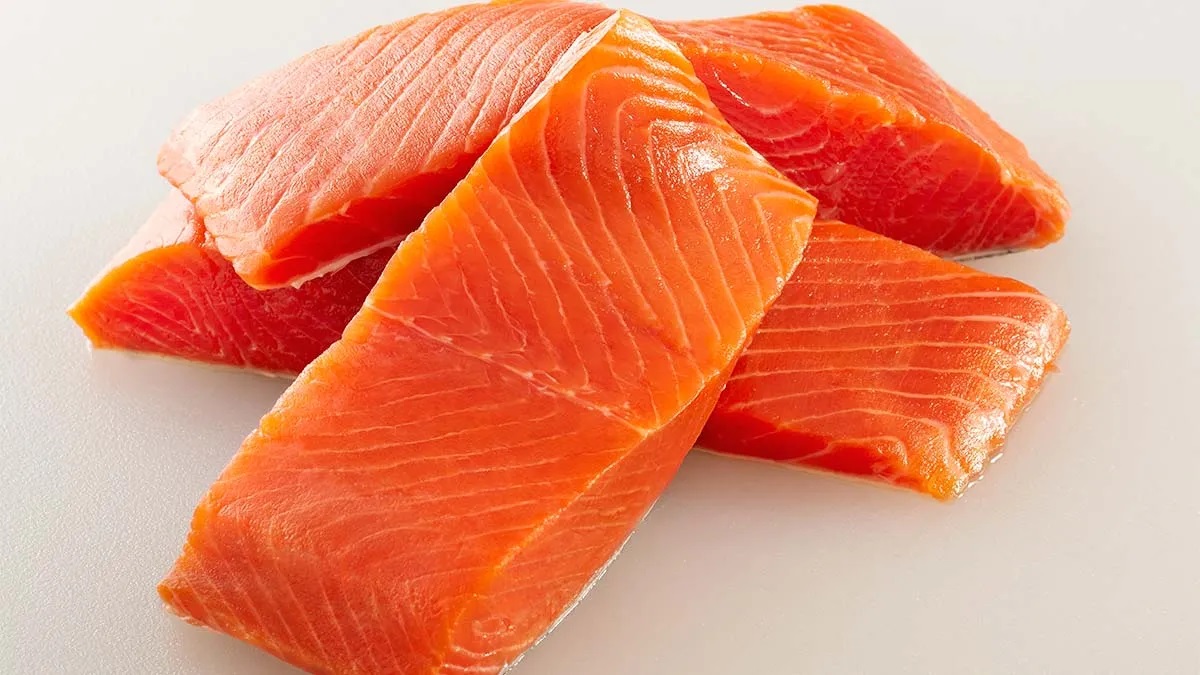
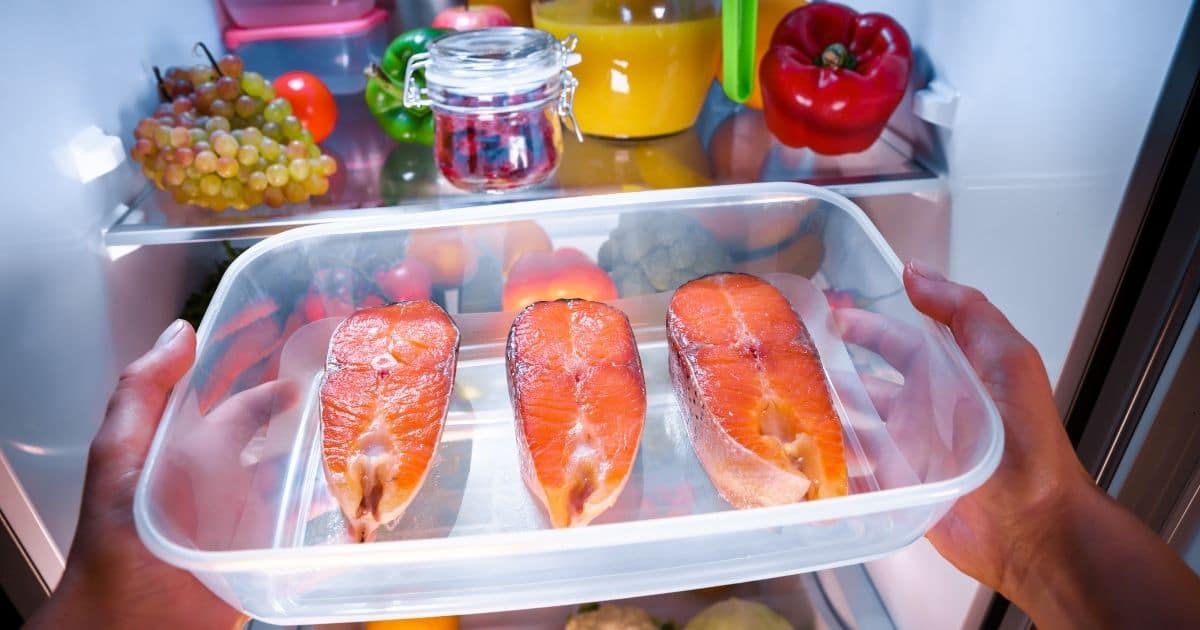
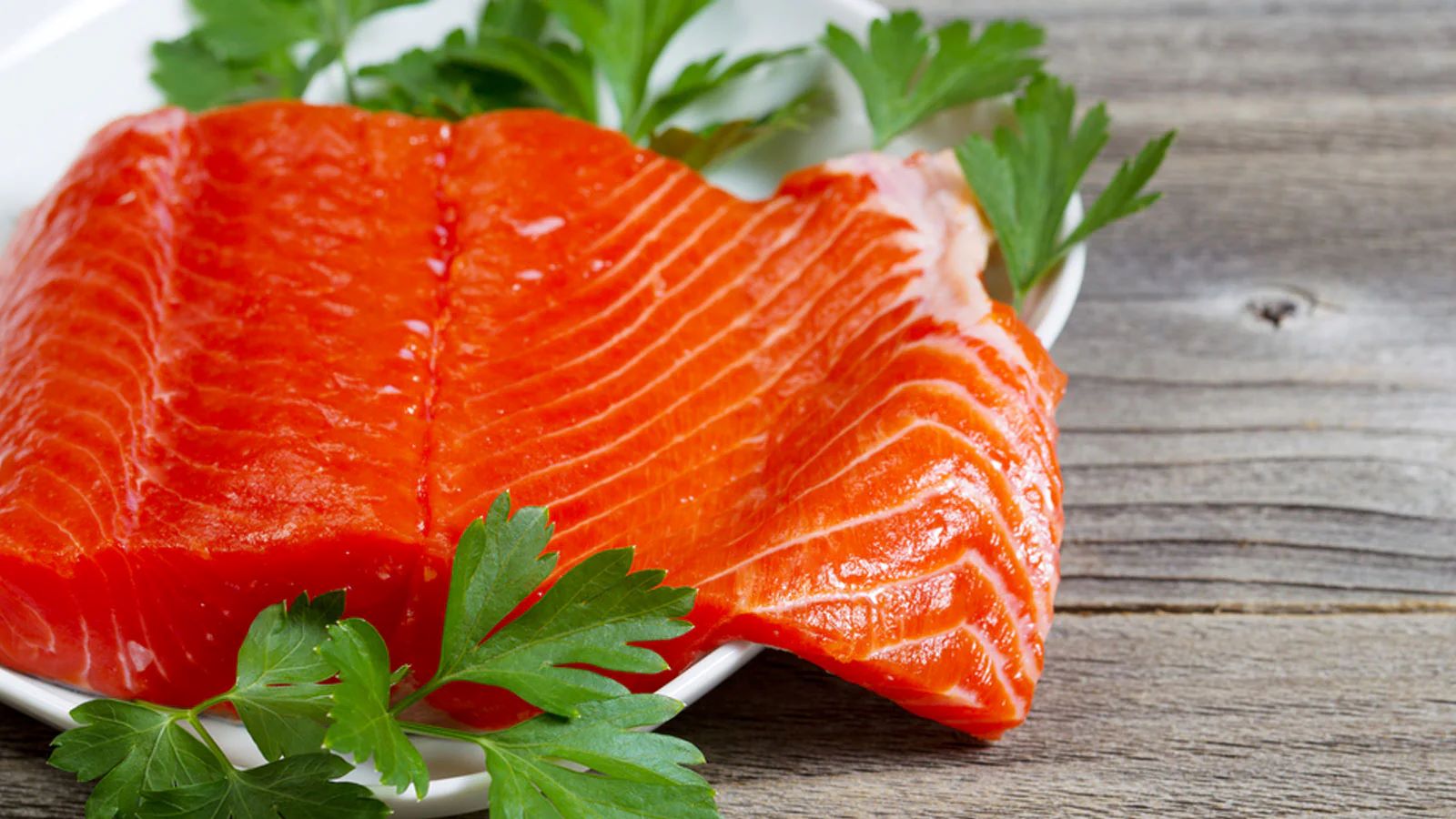

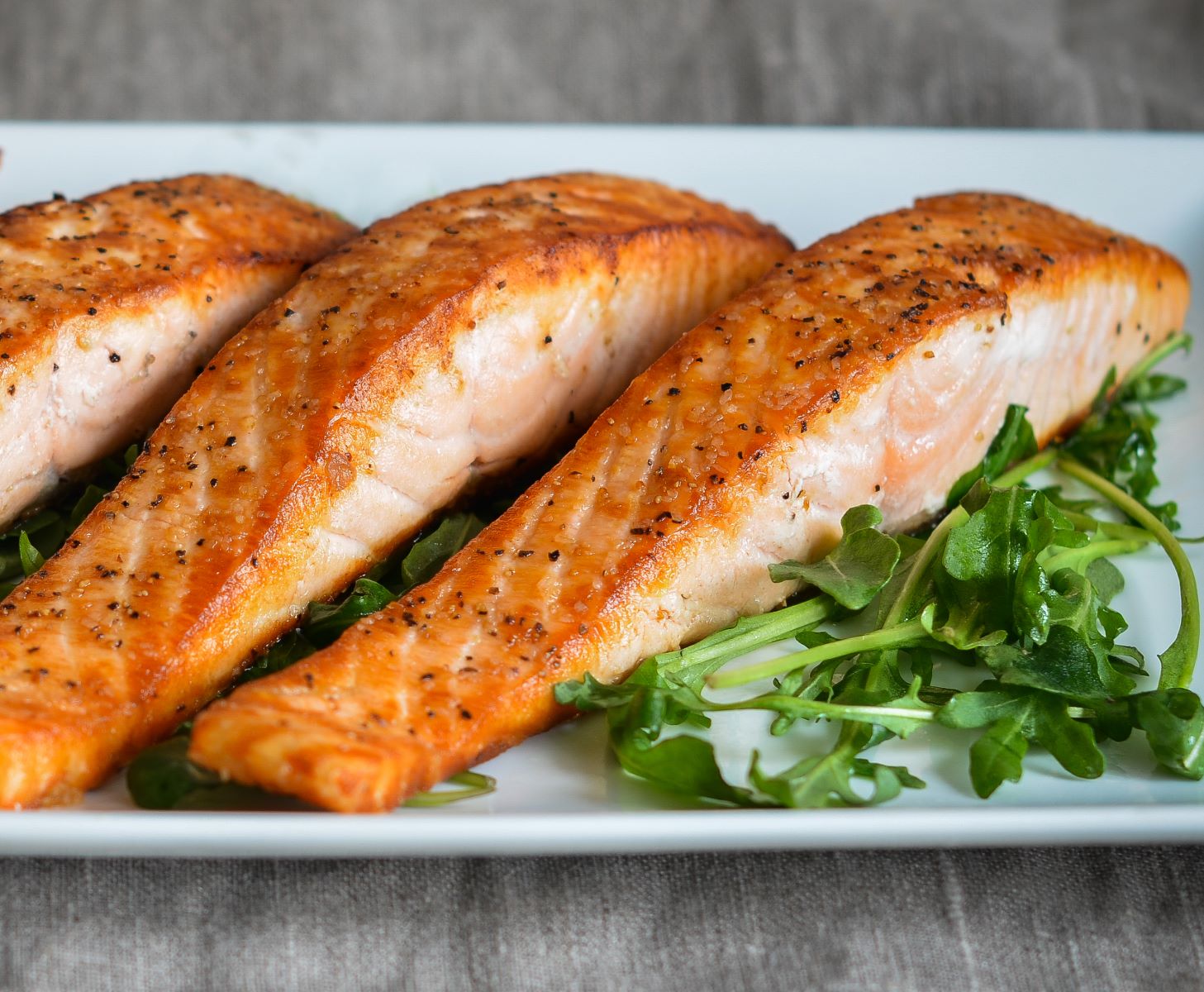
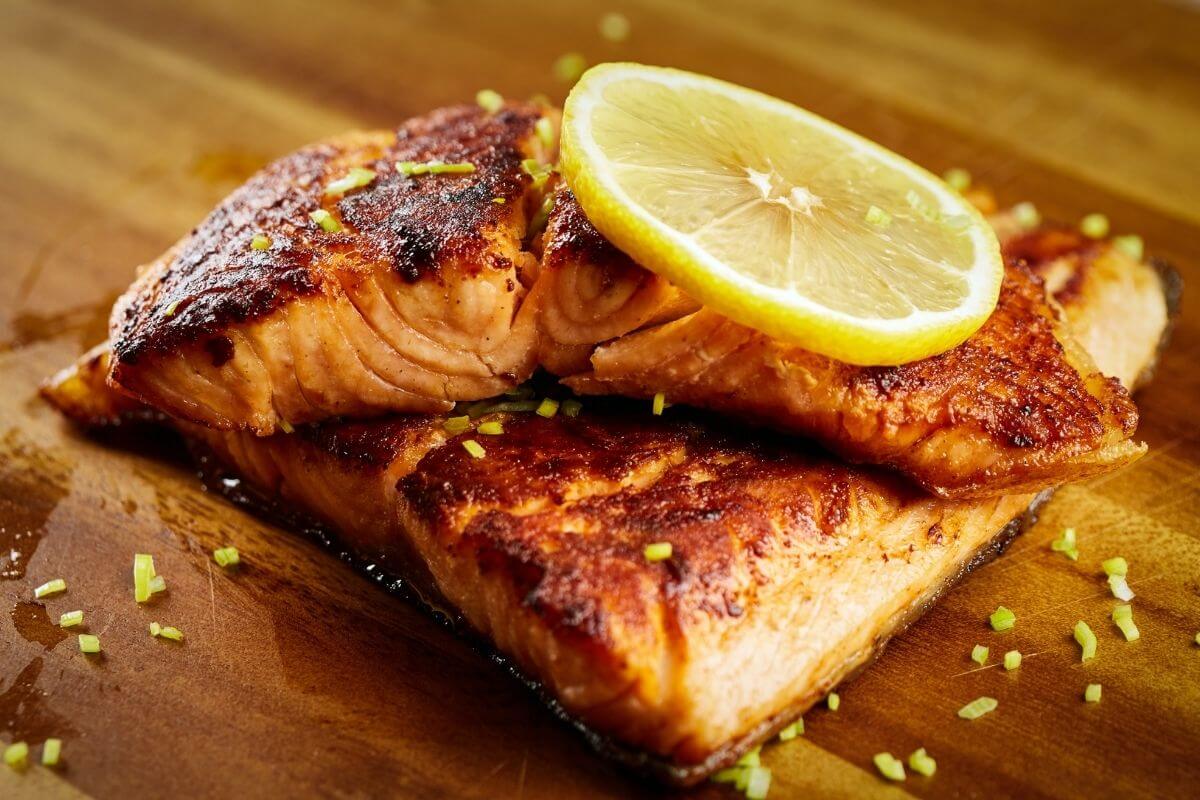

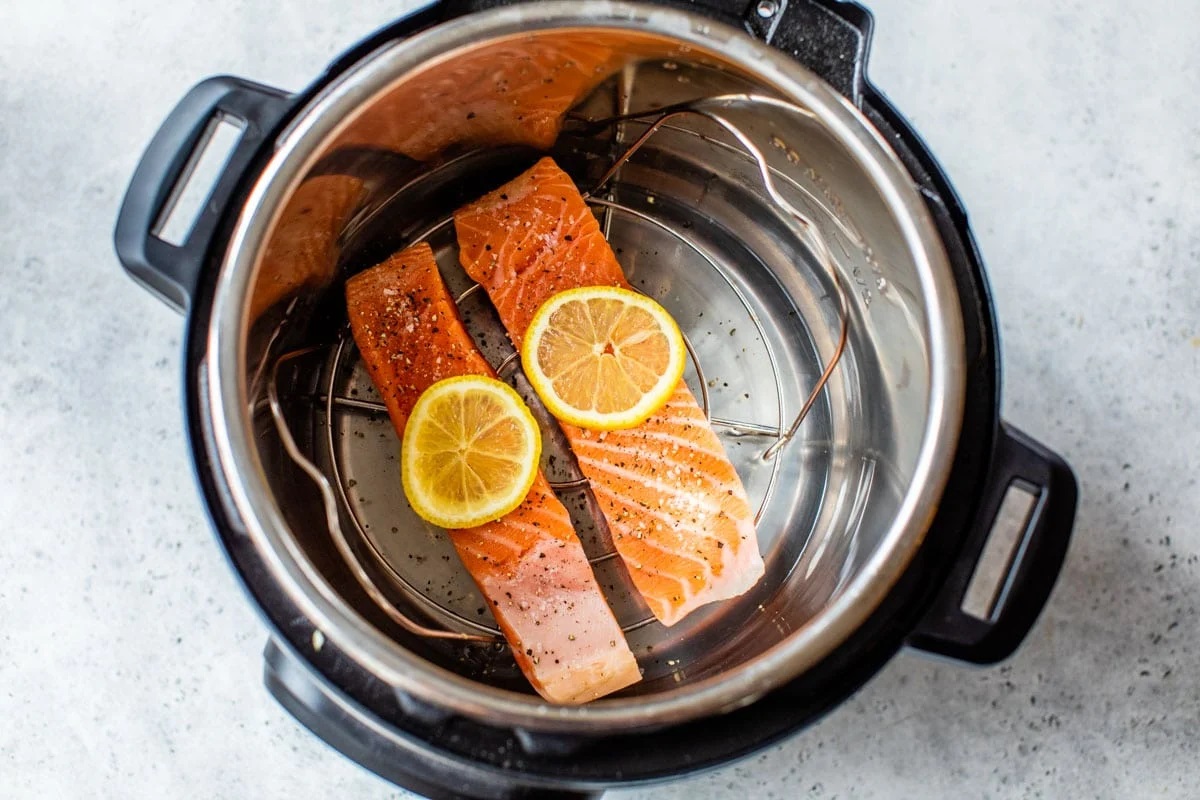
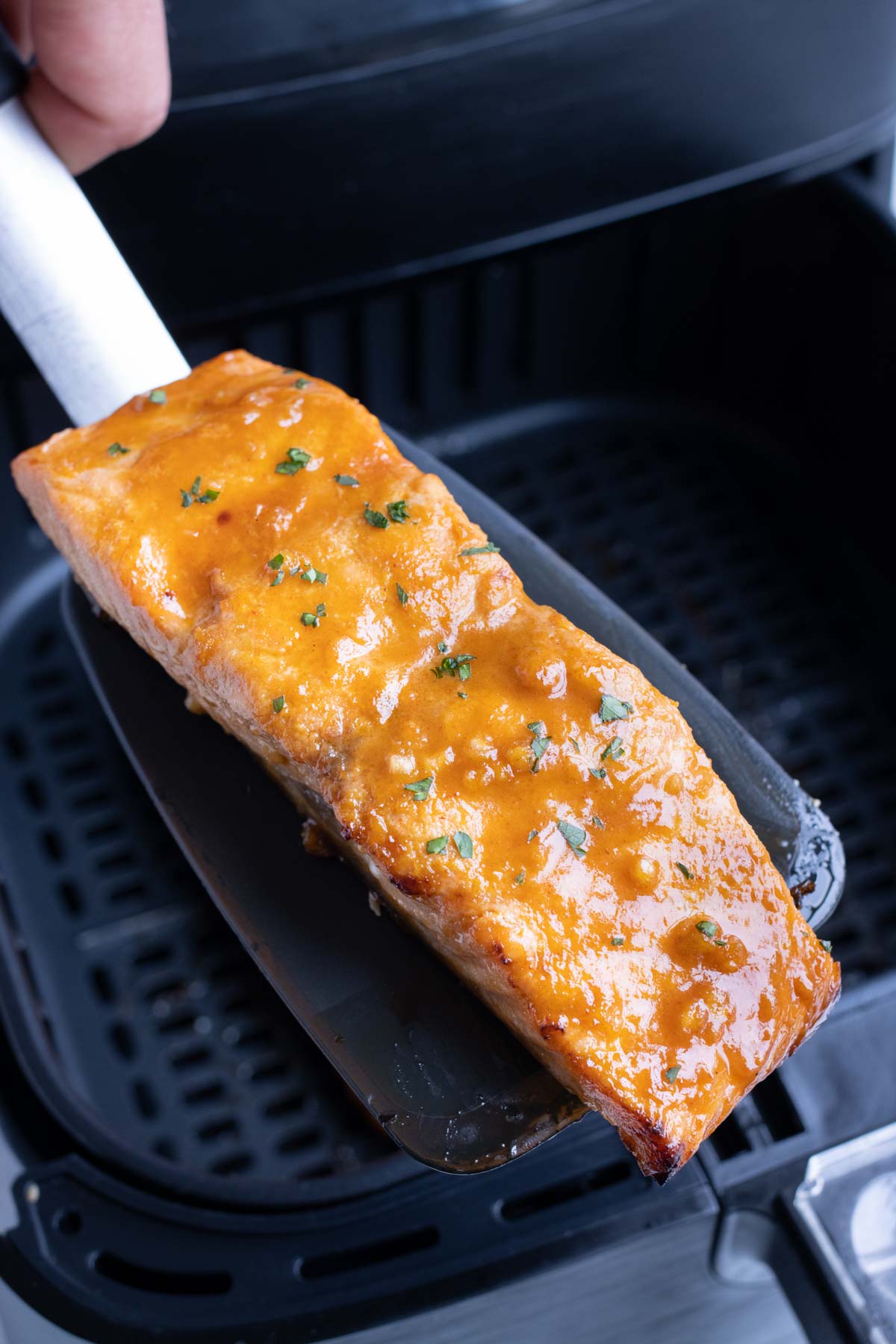
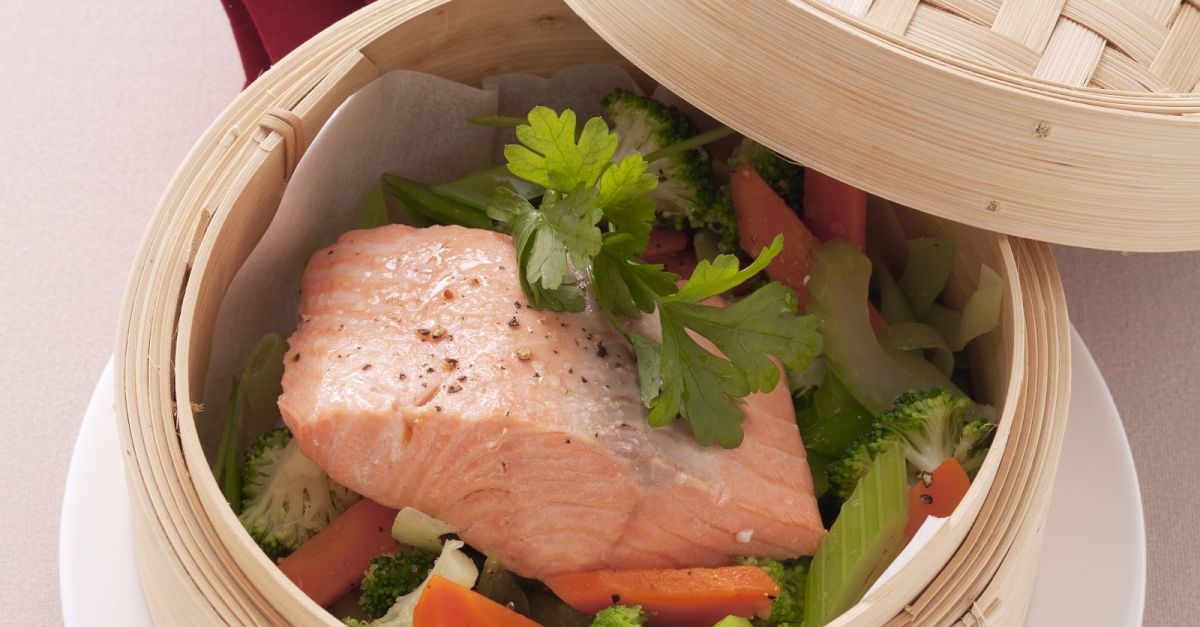


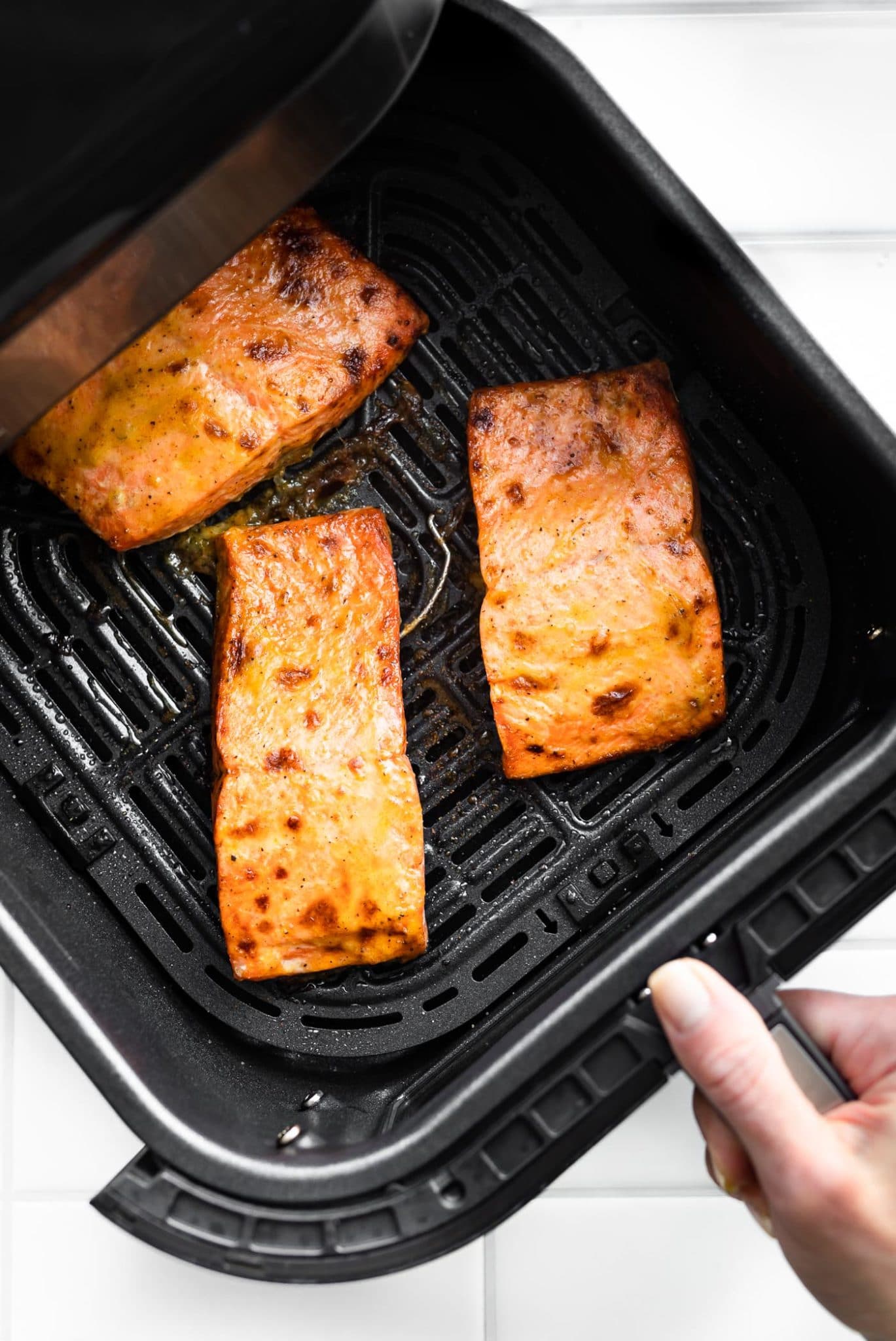

0 thoughts on “How To Store Salmon”